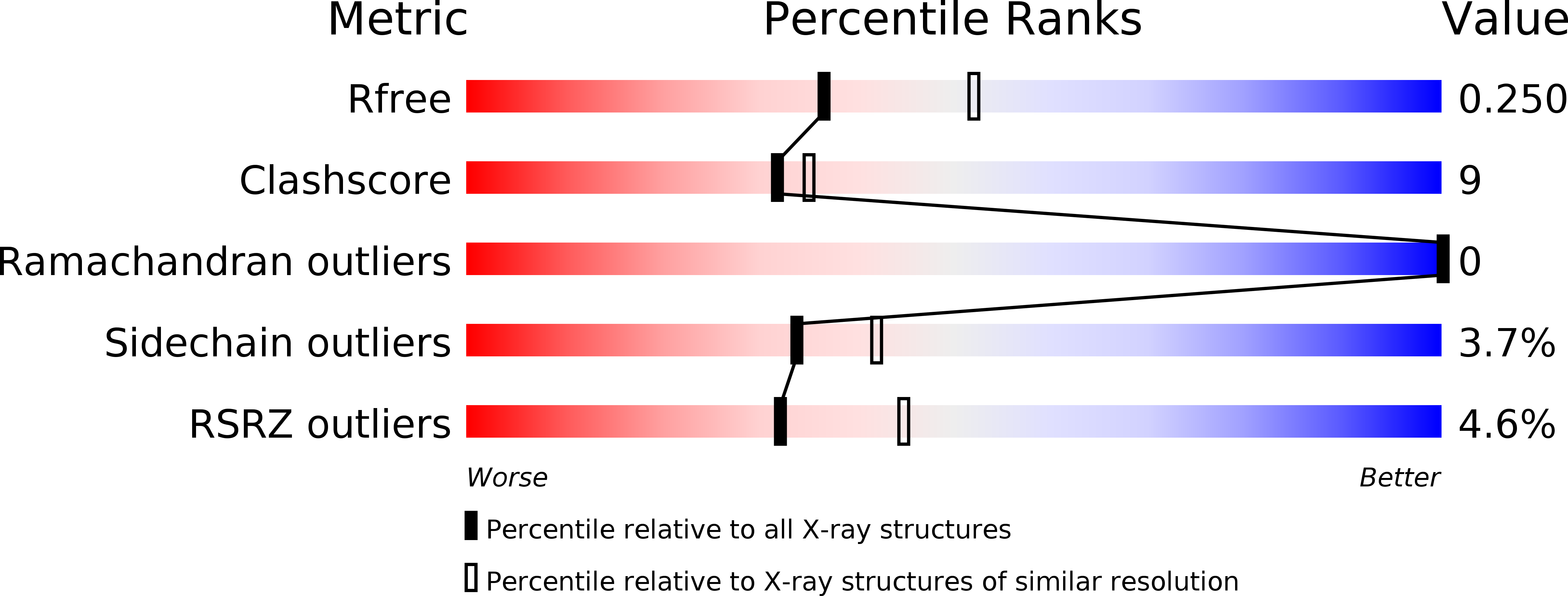
Deposition Date
2013-11-11
Release Date
2013-12-11
Last Version Date
2024-05-08
Entry Detail
PDB ID:
4CEK
Keywords:
Title:
Crystal structure of the second MIF4G domain of human nonsense mediated decay factor UPF2
Biological Source:
Source Organism:
HOMO SAPIENS (Taxon ID: 9606)
Host Organism:
Method Details:
Experimental Method:
Resolution:
2.35 Å
R-Value Free:
0.25
R-Value Work:
0.20
R-Value Observed:
0.20
Space Group:
P 21 21 21


